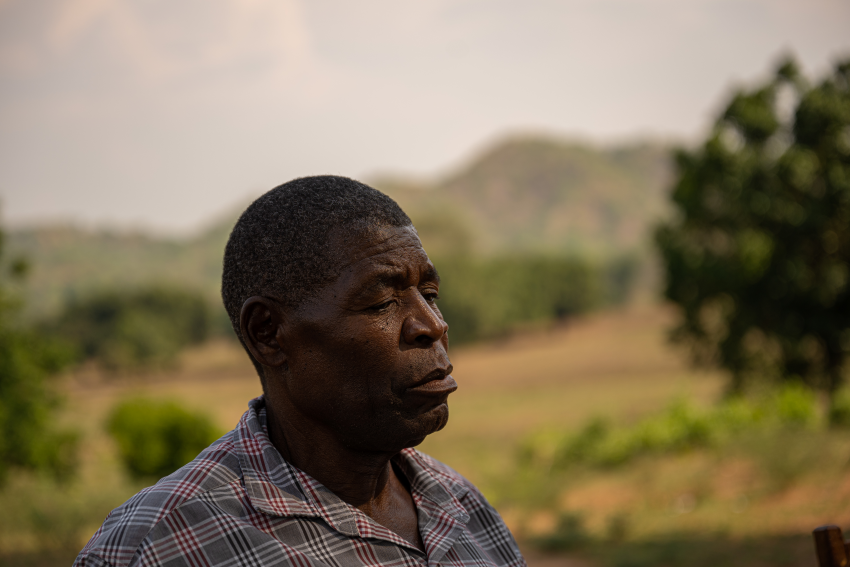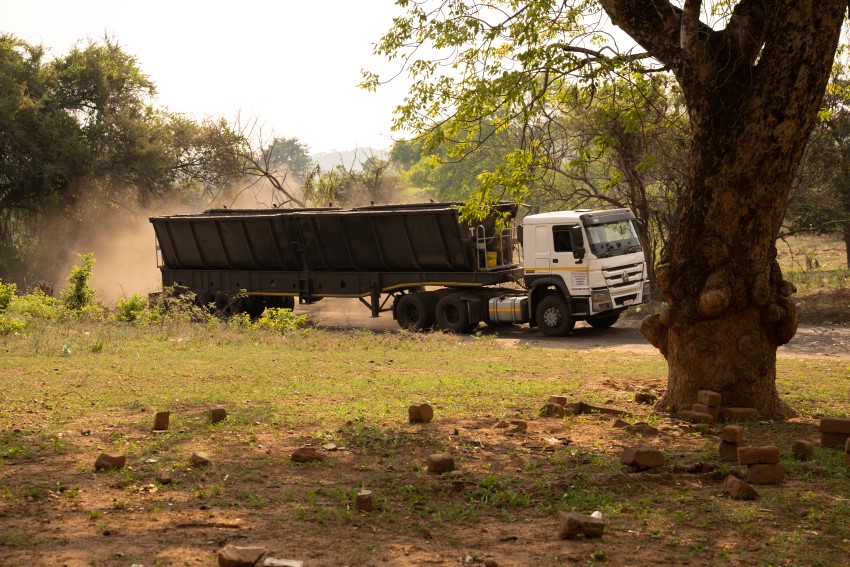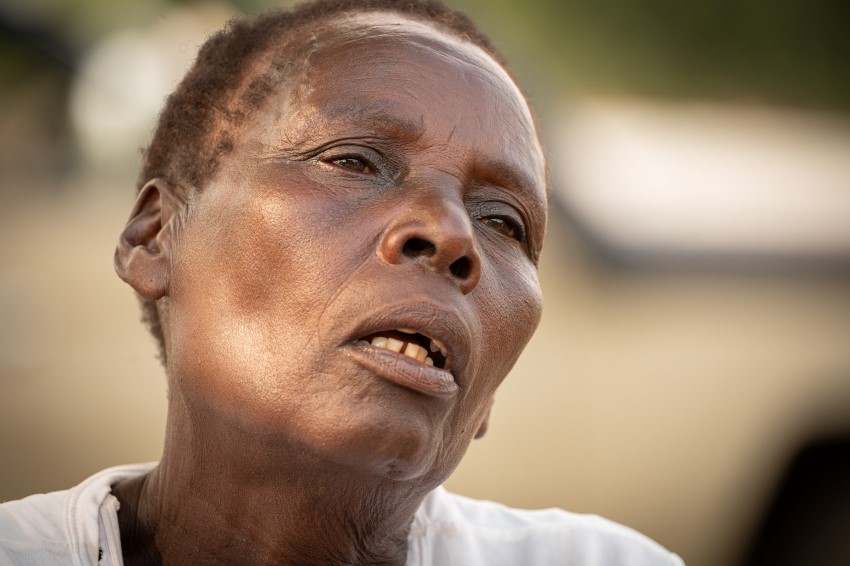
- Suddenly, our whole village began to sink, without anyone realizing what was happening. Then it turned out that the bigger the underground mine got, the more the houses started to collapse, says Patson Mangchinje.

We sit on some stools and look out over a sunken plain. It looks idyllic when bathed in the nice afternoon light. But there is very little that is nice about it. It is a reminder that people's homes are worth little when there are valuable minerals under the ground.
In Sinazongwe in Zambia, there are several mining companies operating and there has been mining here since 1965. The area is densely populated, but when the authorities allowed expansion, it was at the expense of the people who lived here.
Patson Mangchinje is one of those who has followed the mining operations for several decades and says that when the mining companies started digging underground, it didn't take long to notice that something was wrong.
“I could suddenly see structural damage to my house, and I was lying in bed and heard the house crack”.
He started early to fight against the mining companies and has been a clear voice against the extraction of coal.
He explains that many have had to move from their homes and have received so little compensation that they cannot afford to build or buy new houses. The water has become bad, the roads are destroyed by large trucks full of coal and there is poor security for the people who live in the areas.
“We were really scared when our houses started to sink. We didn't know what to do”. He himself has moved twice because the house has started to sink.

He says that together with the Joint Country Programme between Norwegian Church Aid (NCA) and DanChurchAid (DCA) in Zambia, they were able to form a committee to meet the challenges.
“We contacted politicians and other government officials to get help. We said that life had to be more important than mining. We felt worthless. All that mattered was making money from the mines”.
The committee tried to show muscle, but met with great resistance.
“In 2018, it was so bad here that 1,200 people had to move; six villages had to be evacuated”.
Three of those evacuated were Sinkunguya Maxon, Siamweno Bridget and Siamuyola Patricia. They had to take everything they owned with them when their houses began to sink.
“My house went straight to the ground, and in compensation we only got 5,000 Zambian kwacha” which is worth around $250 USD today. Siamuyola Patricia continued, “The money should cover buying a new house, moving and all the equipment we needed. It's nothing, it didn't last”.

She says that they have been impoverished by the lack of compensation. They now must rent places to live, have nowhere to grow vegetables, have no money, food or opportunity to send their children to school.
“It is so sad to think that I had to leave my nice garden, where I grew avocados, mangoes, and bananas, because my house sank into the ground. Now we no longer can grow our own food”.
Siamweno Bridget nods in agreement.
“Life is tough, I had everything. Now everything is broken. It's rainy season and I haven't been able to grow anything because I no longer have any land. I have asked to get land to cultivate, but instead I must move around because I can only afford to rent.”
Sinkunguya Maxonsier also says that life is hard.
“I am completely shocked that it is possible to treat people like that. We need security, we need places to live, we need clean water since several wells have been destroyed.”
NCA and DCA work to secure human rights and ensure that those who live in mining areas are not harmed. That is why we demand clean water, wells, security, and better roads, as well as more transparency around mining. NCA and DCA’s Joint Country Programmes has also given input to a new mining policy in Zambia which, among other things, should ensure more cooperation between local communities and the mining companies.
Photo: Håvard Bjelland/Norwegian Church Aid.
Published: